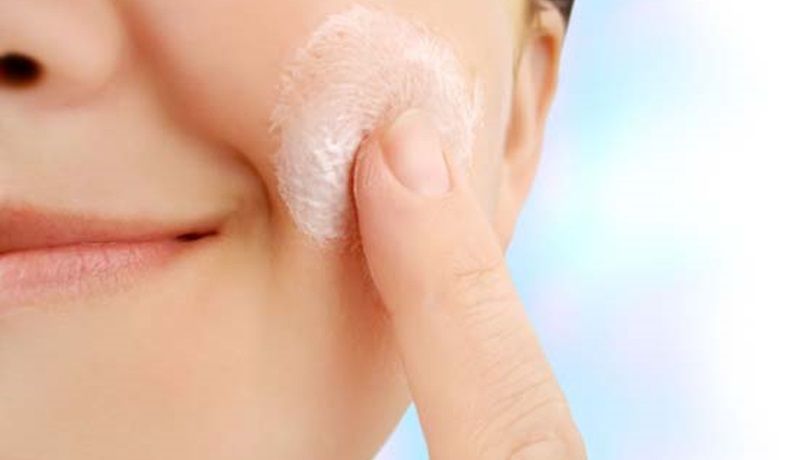Today we have teas from all developing regions of the world – from India, Sri Lanka, Africa, Japan and China. A wide selection of black and green teas in particular come from China, and green tea in particular is gaining more and more friends as nature’s true miracle cure.
There is almost no beneficial property that is not on the list of its impacts. It can be enjoyed in various variations and delights lovers with its soft, fresh or bitter and smoky taste. Flavoring tea with leaves, flowers and delicious fragrances and flavors also has a long tradition – people in ancient China already valued this specialty. Earl Charles Gray of England finally enriched the tea world in the 19th century with a black tea flavored with bergamot oil, which still bears his name today and has many friends.
Herbal teas have long been hailed as medicine and drinkers still appreciate them today, especially for their beneficial effects on the body and mind. The composition is based on medicinal plants well known in traditional medicine, such as chamomile, peppermint or nettle.










